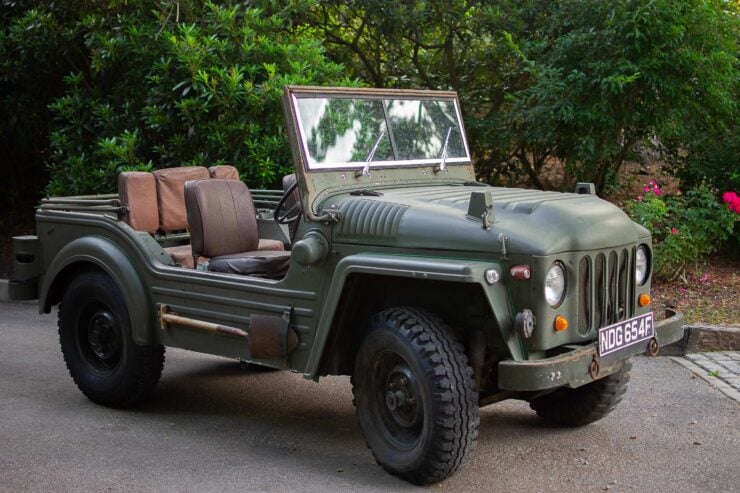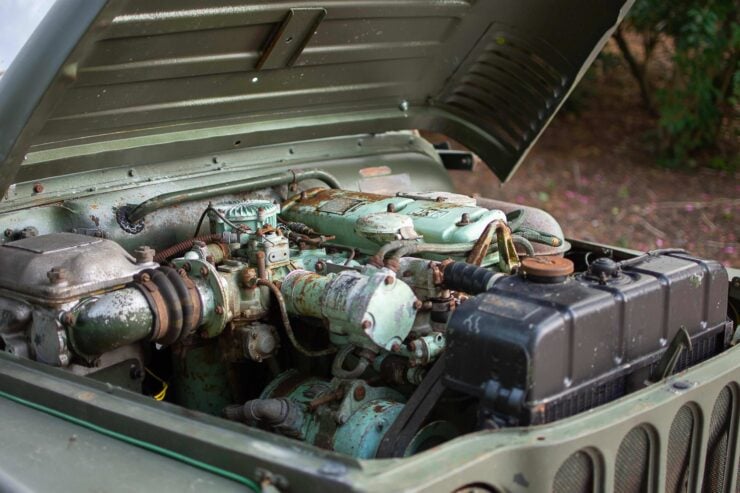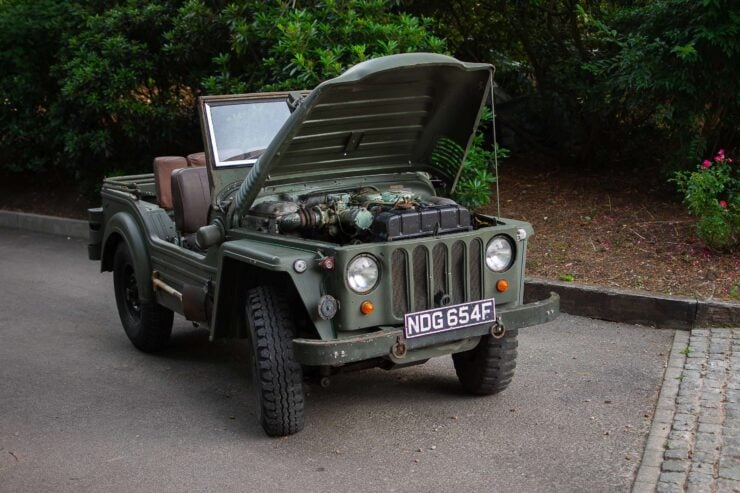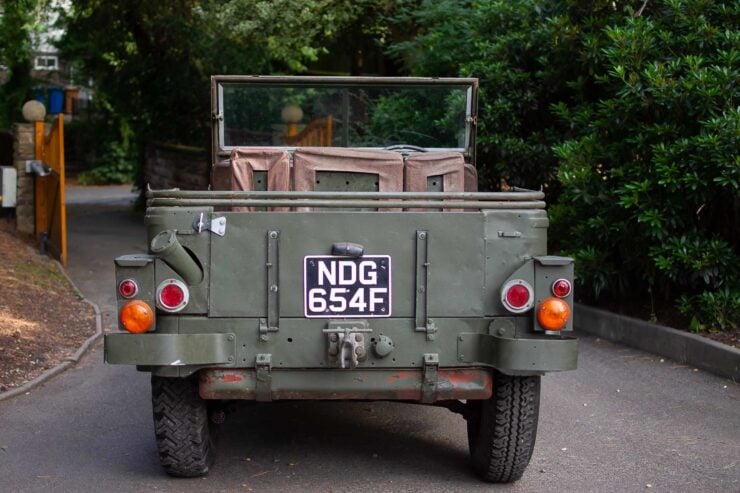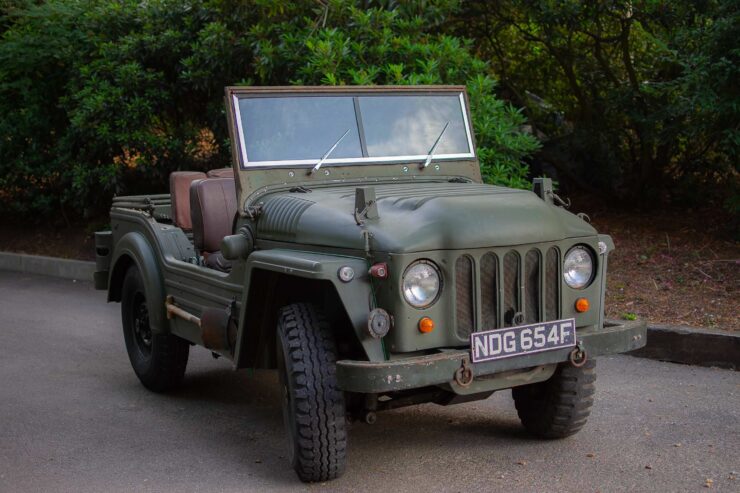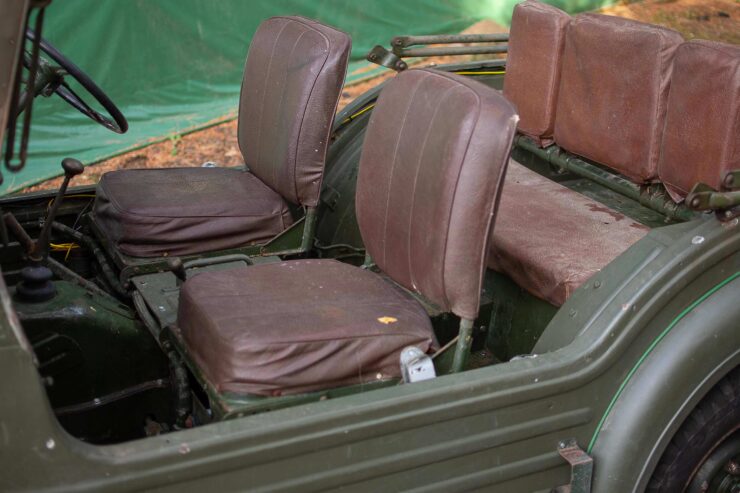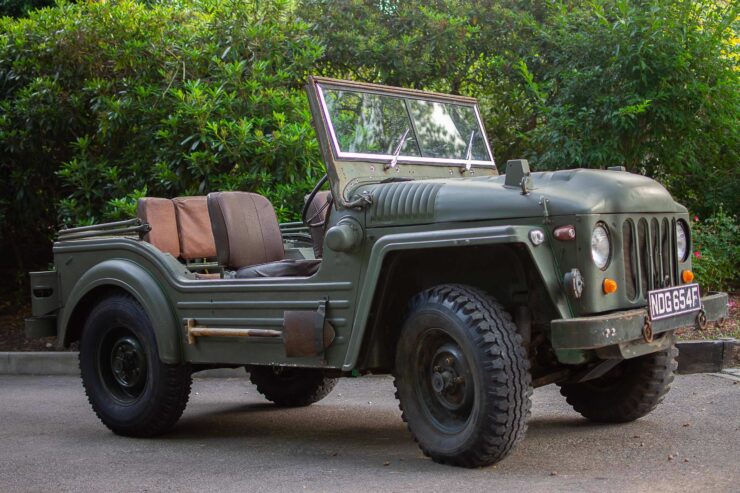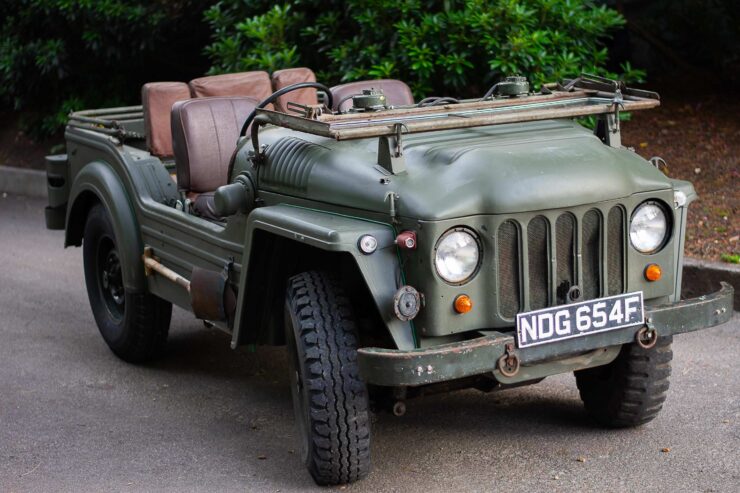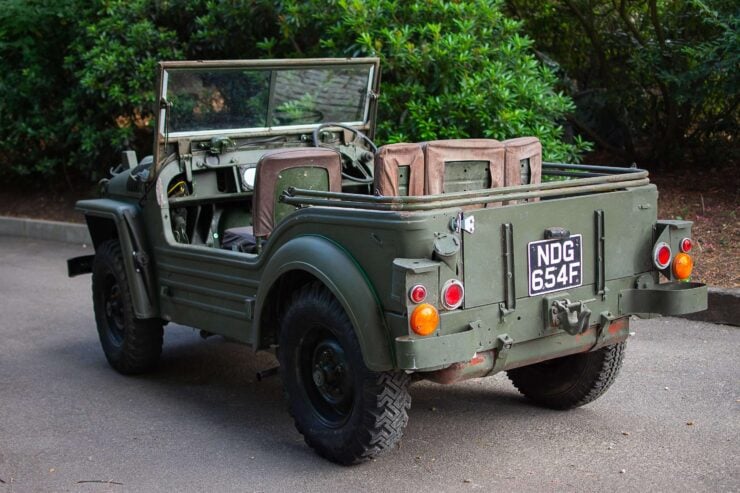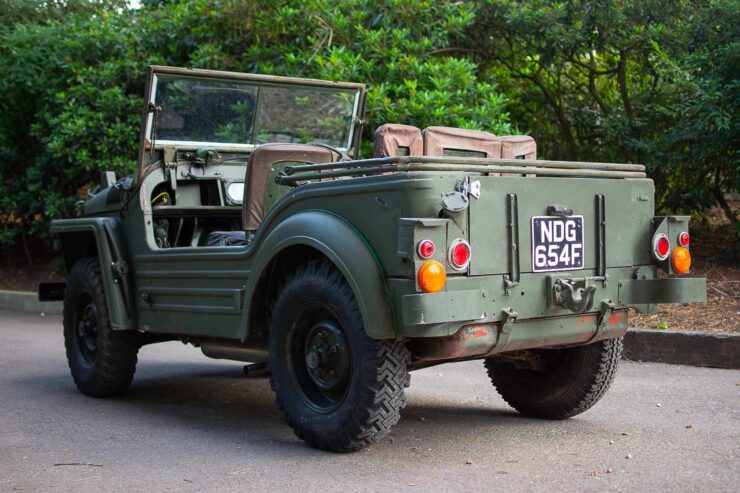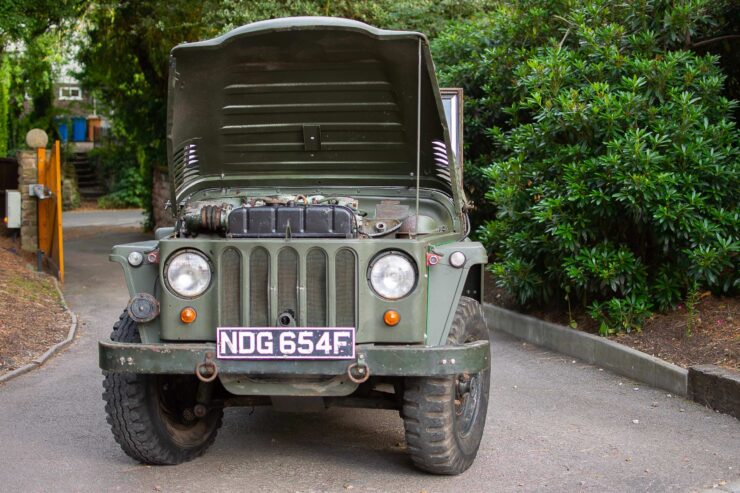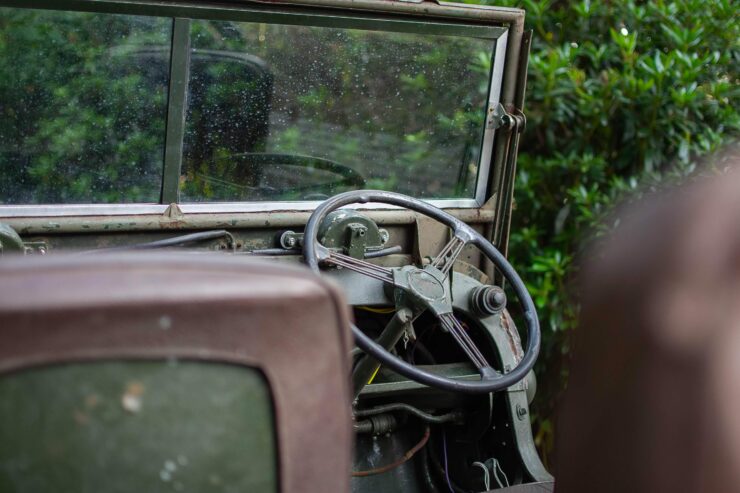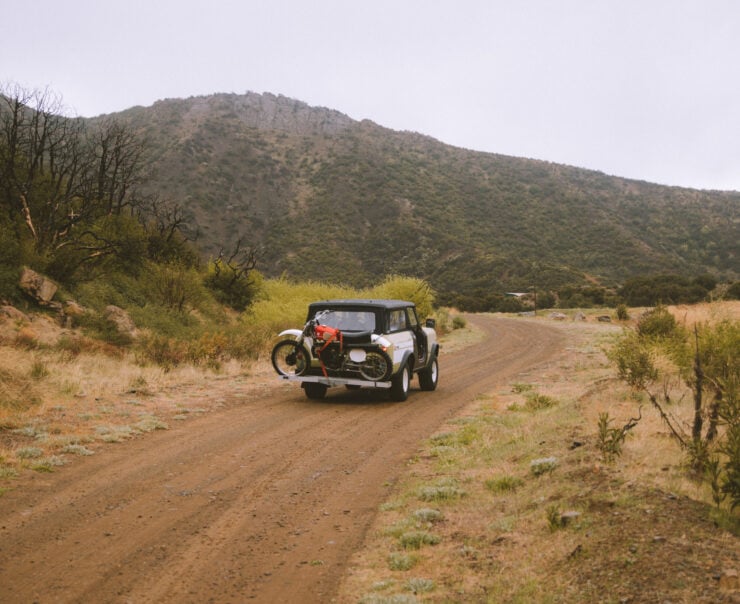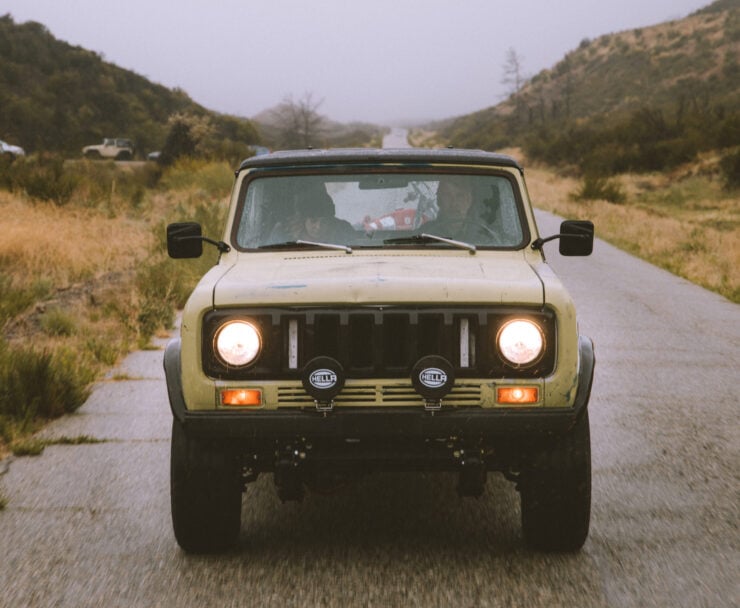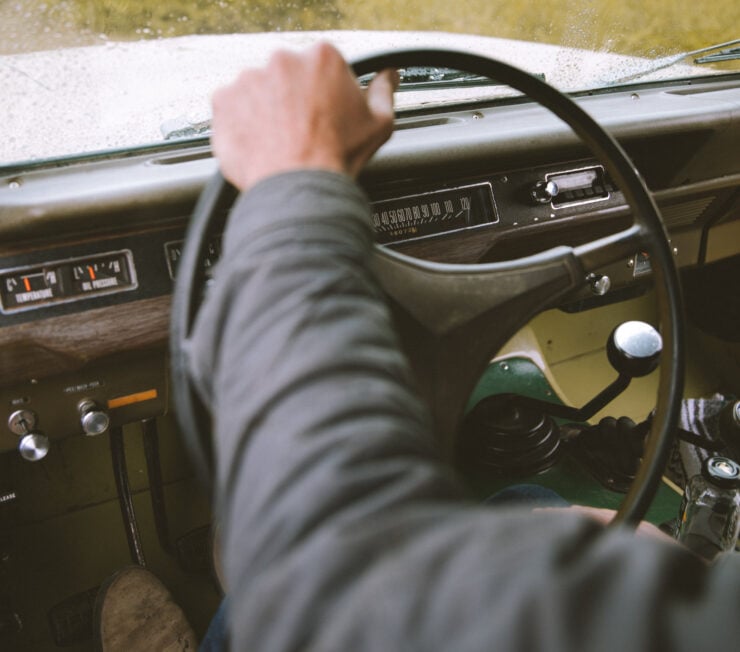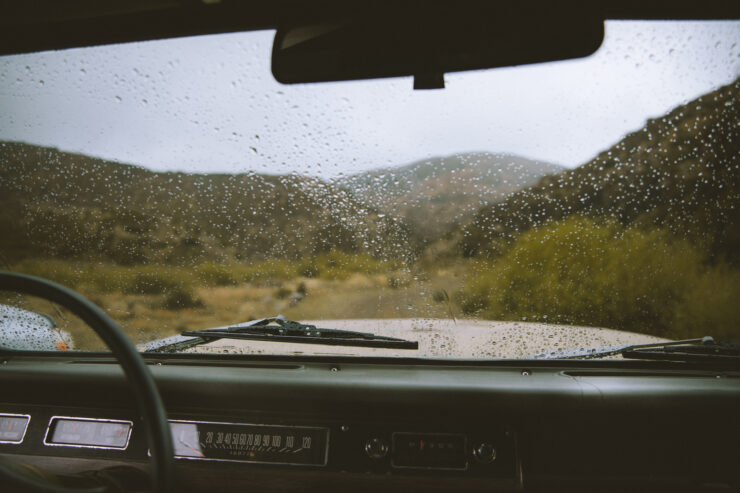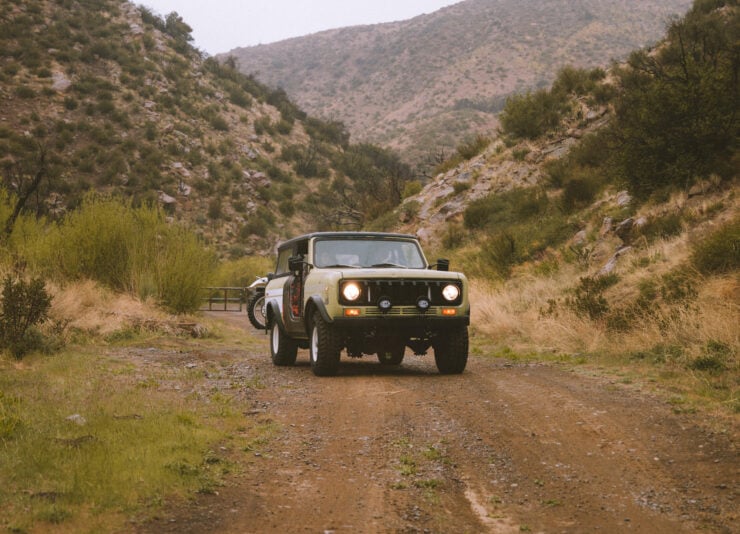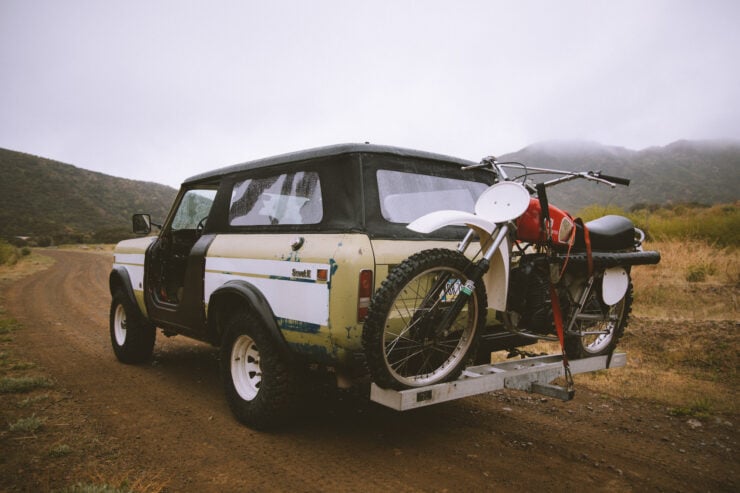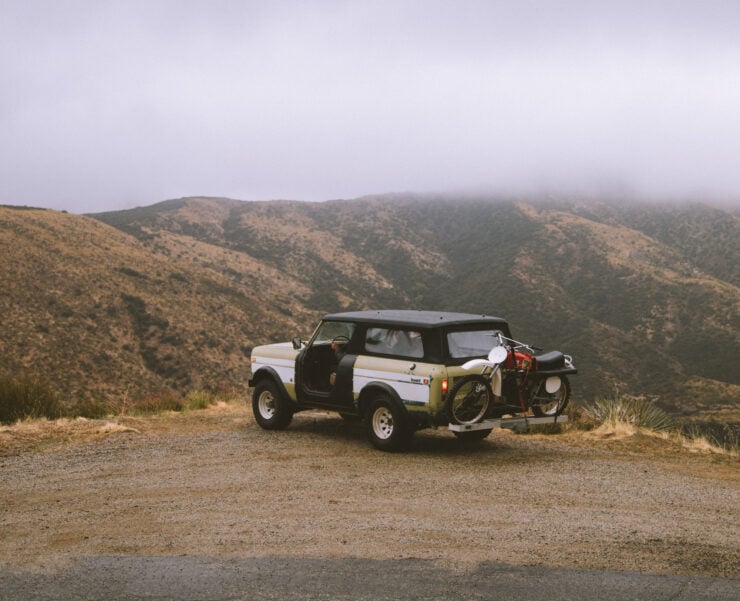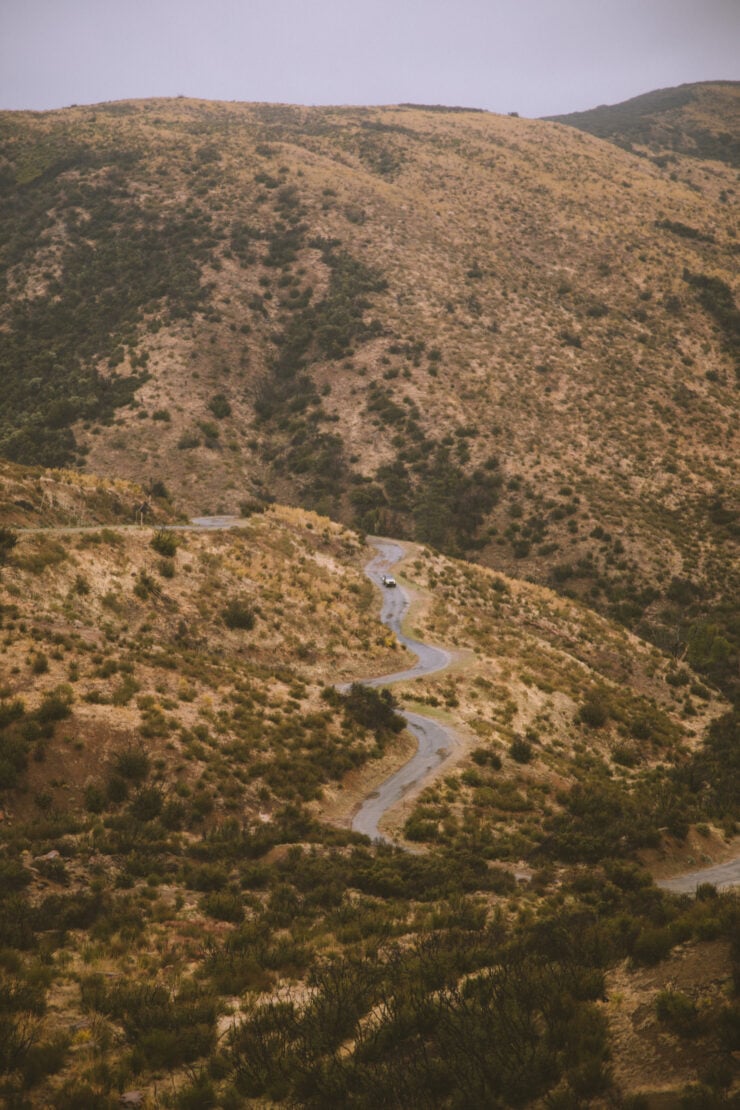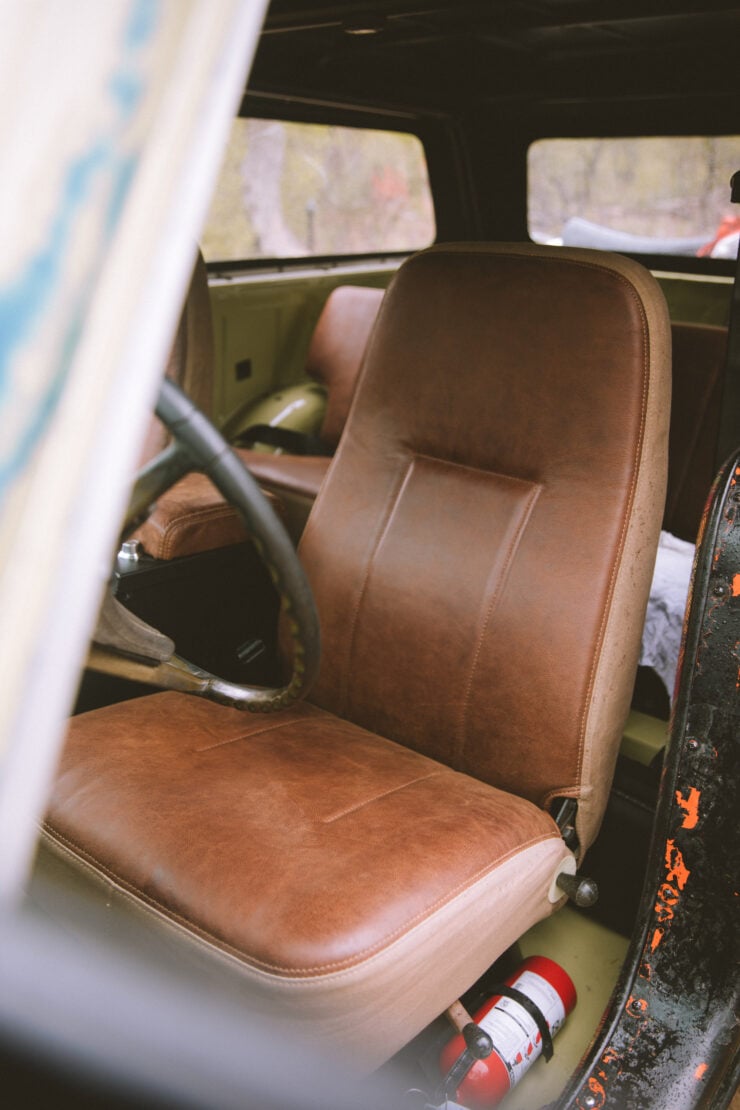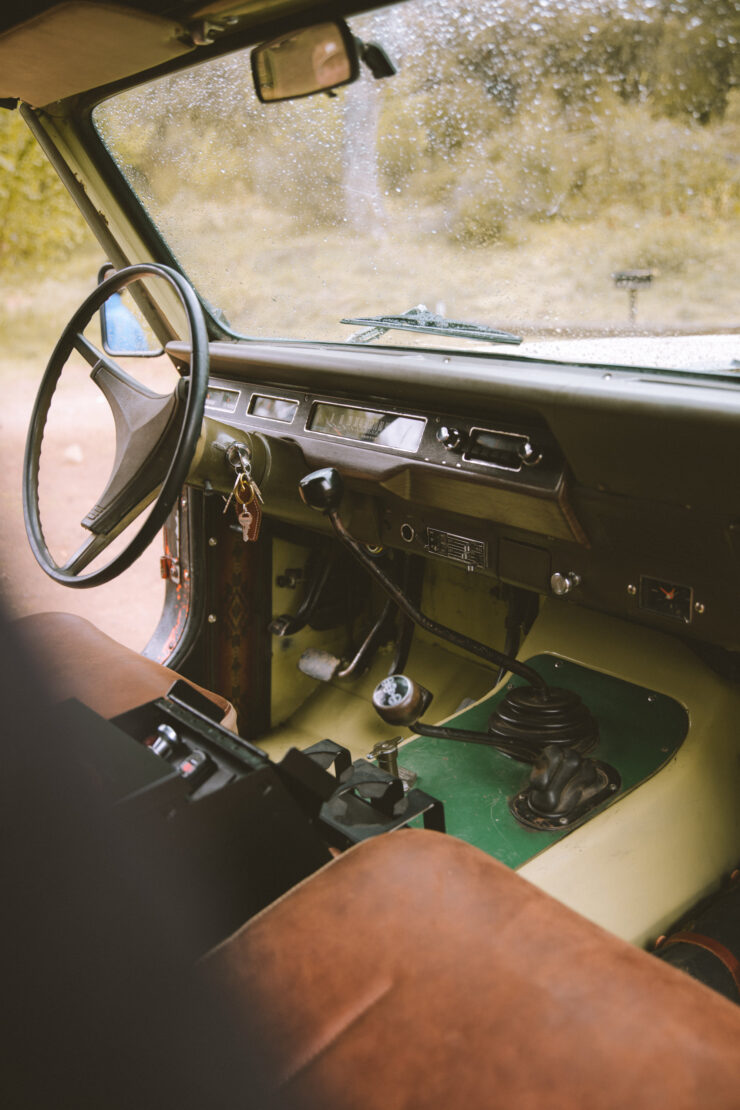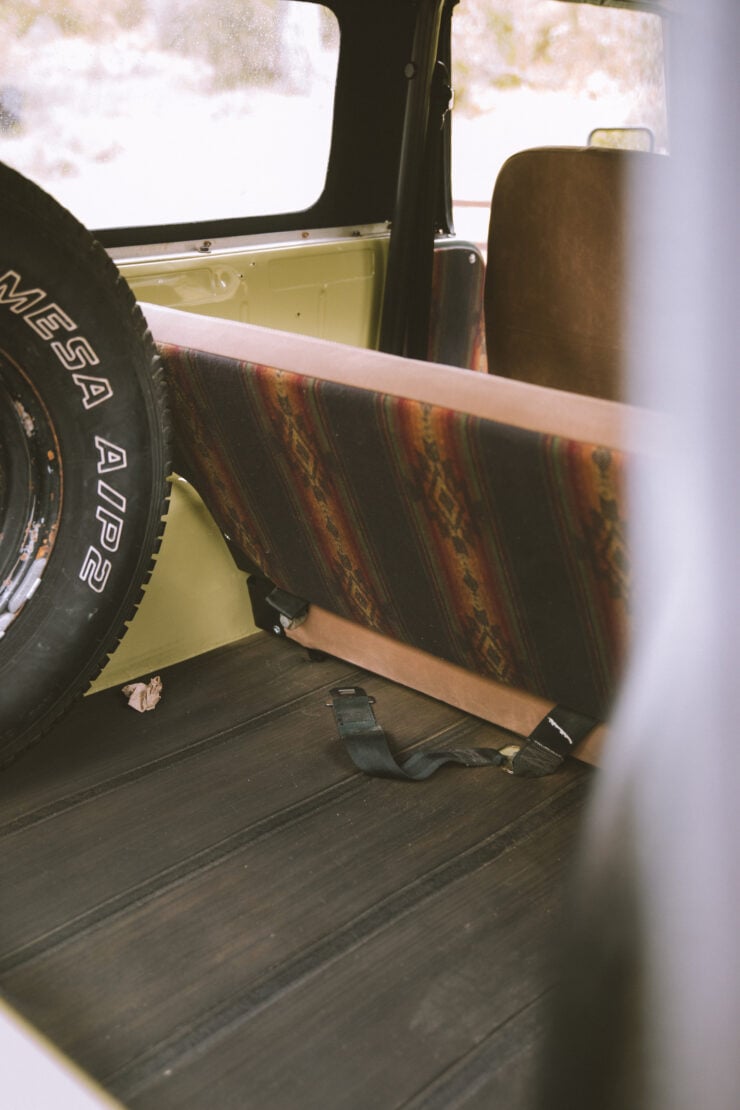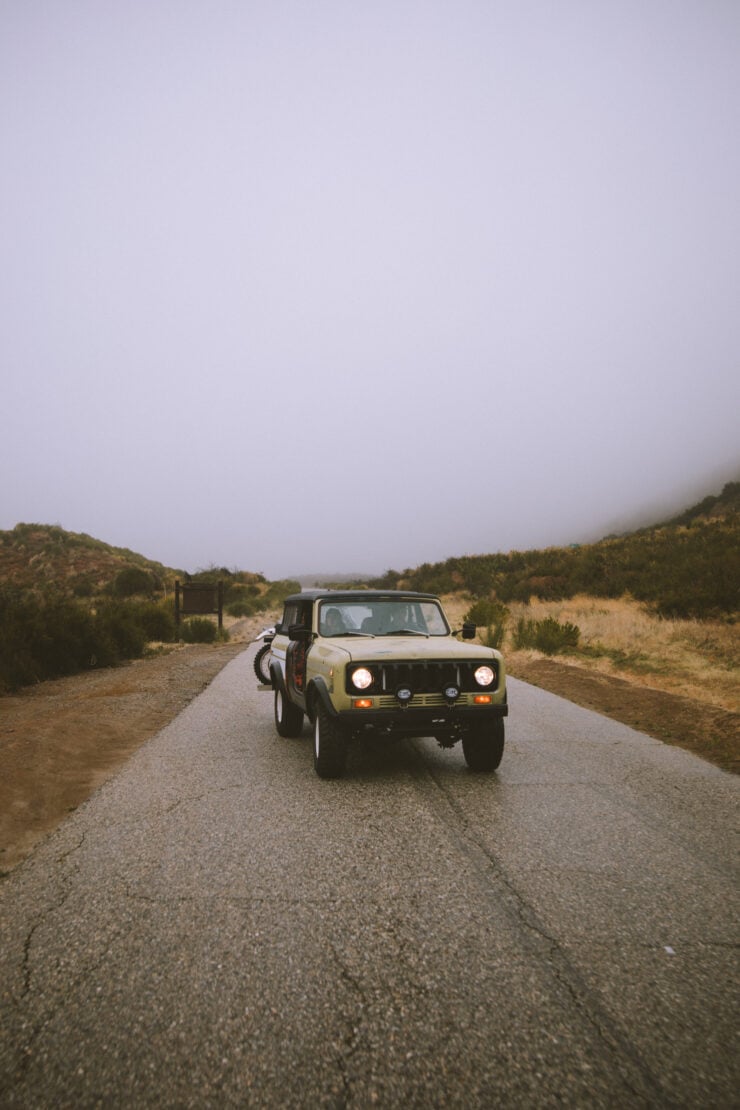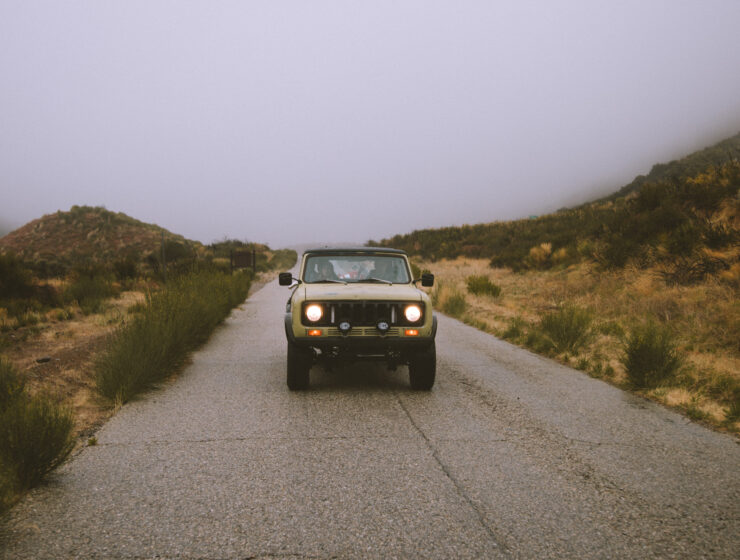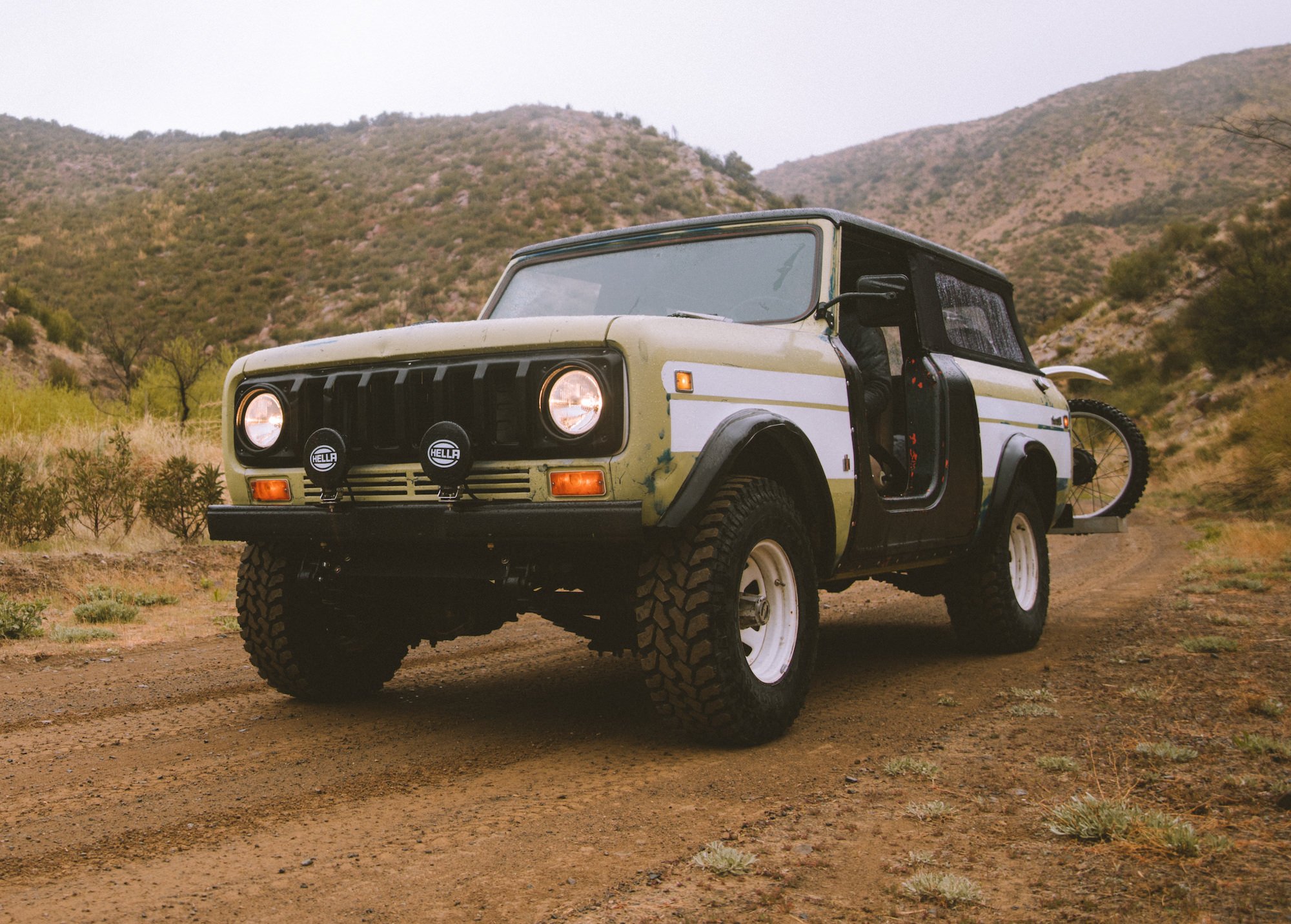The Fiat Panda 4×4 is what happens when the man who designed the DeLorean DMC-12 sets out to create a cheap car that can go almost anywhere, while still accommodating two 50 liter wine demijohns in the trunk.
The name of the Fiat Panda has long been the source of confusion, it wasn’t actually named after those black and white bears from southwest China – it was named for Empanda, the ancient Roman goddess of travelers.
Fast Facts – The Fiat Panda 4×4
- First released in 1983, the Fiat Panda 4×4 featured four-wheel drive running gear built by Steyr-Puch in Austria.
- As the name suggests, the vehicle is the 4×4 version of the regular Fiat Panda, a car that was designed to be tough, cheap to buy, and easy to fix.
- The first version of the Panda 4×4 was powered by a 965cc inline-four cylinder engine with 48 bhp and a 5-speed transmission.
- The 1st gear was very low to give a low range gear for off-road driving, the 5th gear had the same ratio as the 4th gear in a normal Panda.
Developing The Fiat Panda In 15 Days
The Fiat Panda was developed in just 15 days by Giorgetto Giugiaro and Aldo Mantovani in the late 1970s. Giugiaro designed the body and interior, with Mantovani developing the running gear and engineering.

The Panda 4×4 has slightly higher suspension than its two-wheel drive sibling.
Fiat CEO Carlo De Benedetti had laid out a simple design brief for them, the car had to be a “container” that cost no more than the Fiat 126, and it should have the same design philosophy as the Renault 4 and the Citroen 2CV.
When the two men had finished their design they quickly learned that Benedetti had left Fiat days earlier, leaving them with a completed design but no one to sell it to. Fortunately the Fiat board took the time to look over the design and quickly realized that Benedetti had been correct – this car was exactly what Fiat needed to launch themselves into the 1980s.
“The Panda is like a pair of jeans: a simple, practical article of clothing without pretense. I tried to give it the essential quality of a military design — in particular a helicopter: something light, rational, and optimized for a specific purpose.” — Giorgetto Giugiaro
The Fiat Panda entered production in 1980 and it quickly became one of the best selling vehicles in Italy, over the course of the first model’s 1980 to 2003 production run they would sell almost 4.5 million units in Italy, across Europe, and around the world.
Fiat is now on their third generation Panda and it remains a best seller, and any walk though the winding streets of an Italian town will result in countless first generation Fiat Panda sightings. A strong indication that the model has a lot of life left in it.
The Fiat Panda 4×4
The Fiat Panda 4×4 was perhaps the ultimate iteration of the original Panda, a car that had been designed to be tough, utilitarian, and highly capable but lacked the additional ground clearance and four-wheel drive running gear to make off-road use a viable option.
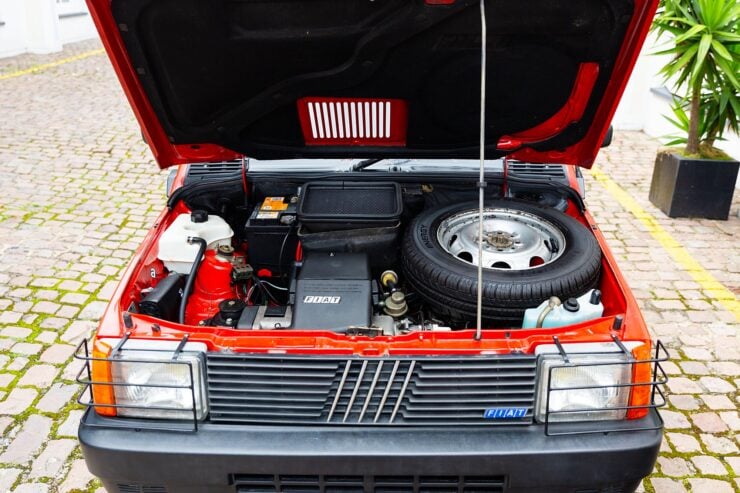
The spare tire is stored under the hood to maximize storage space within the car.
When it was originally conceived the Panda 4×4 wasn’t intended as a leisure vehicle for weekend warriors but for crop farmers, wine makers, dairy farmers, and others who needed a tough, cheap four-wheeler for use both off road and on.
The stamped steel unibody chassis of the original Panda was kept largely the same, however the running gear underneath was changed drastically. Experienced four-wheel drive engineers from Steyr-Puch in Austria worked with Fiat to develop the new drivetrain, which included a live axle rear end on leaf springs, independent front suspension, a transverse front mounted engine taken from the Fiat 100 series, and a 5-speed gearbox.
Rather than integrate a 2-speed transfer case to allow the Panda 4×4 to have high and low range gearing, it was decided to use a 5-speed gearbox with a very low first gear and a high 5th gear that was the same as the regular Panda’s 4th.
The drive could select to use either 2×4 or 4×4 model courtesy of a gear lever in the cabin, and both costs and complexity were kept as low as possible.
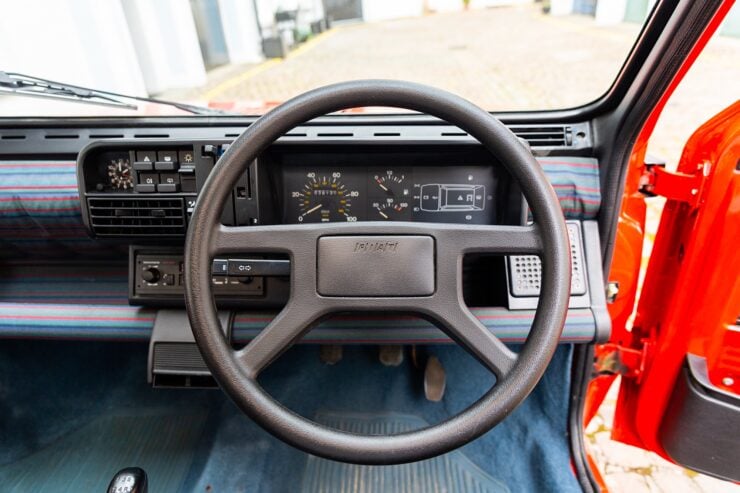
The spartan interior was designed to be inexpensive and easy to clean.
Today surviving Panda 4x4s are becoming highly collectible, many lived hard lives on farms and haven’t survived, and many more still succumbed to rust years ago. As a result, good rust free examples are seeing their values rise across the board.
The Fiat Panda 4×4 Shown Here
The Panda 4×4 you see here is a 1989 model that was originally delivered to its first owner in the United Kingdom finished in the red paint work you see it still wearing today.
The car is accompanied by a comprehensive, mostly main dealer service history. The car’s eye-catching red paint work is matched with a multi-coloured cloth interior that extends to the upper section of the door cards and dashboard.
The original steel wheels were recently repainted in cream and four new Pirelli Winter 160 tyres were added. It’s now showing just over 38,000 miles on the odometer, and it’s one of the tidiest looking Panda 4x4s we’ve seen in recent memory.
The car is now being offered for sale by Collecting Cars in England, bidding is live online at the time of writing and you can click here if you’d like to read more about it or register to bid.
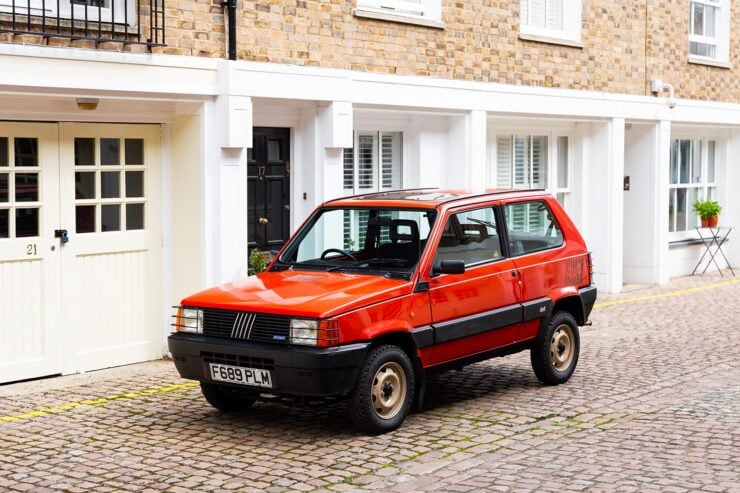
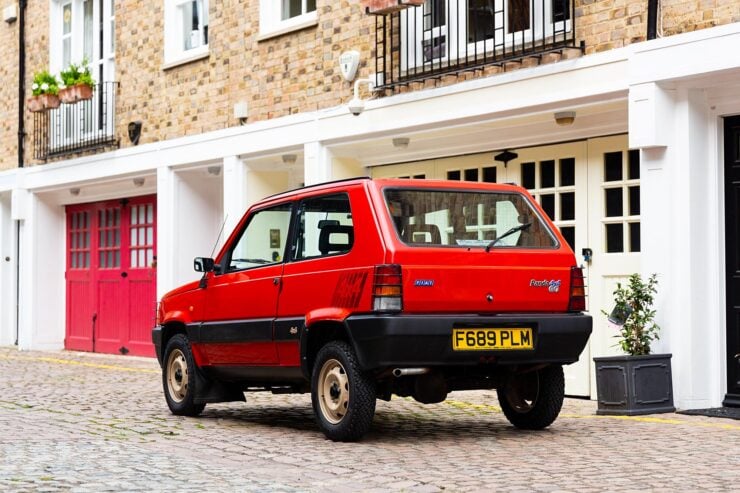
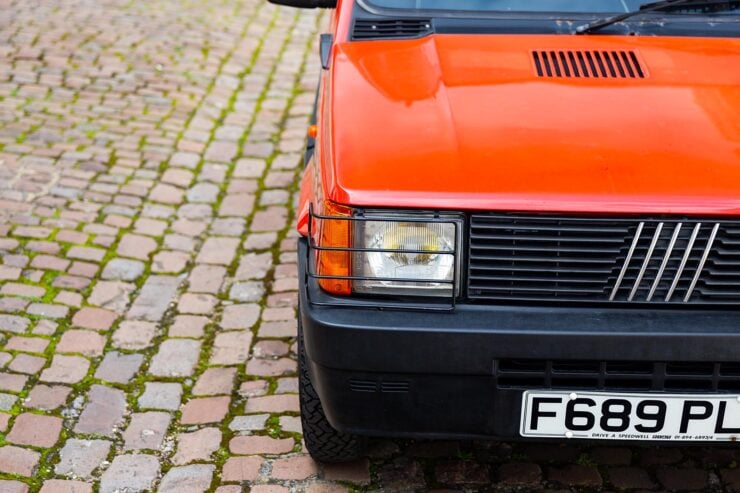
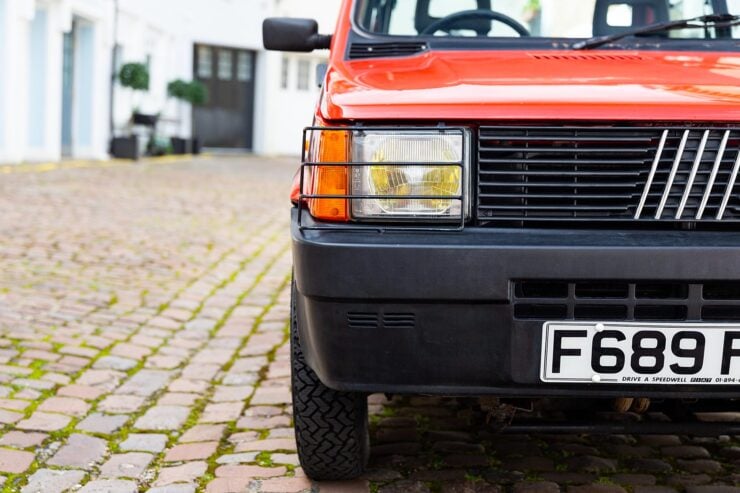
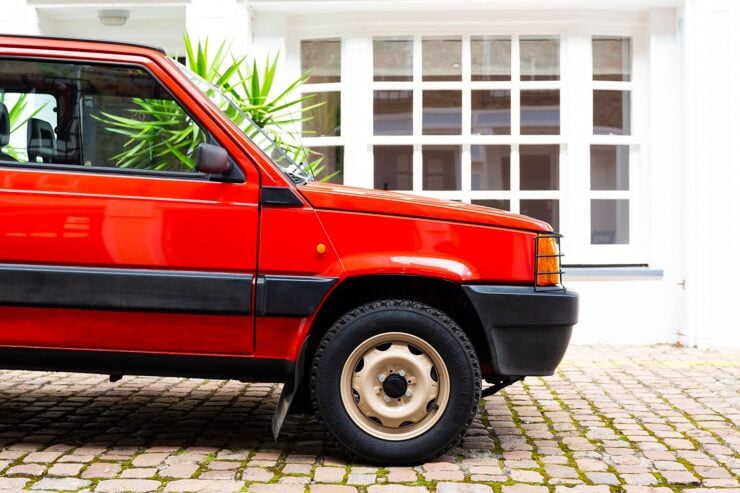
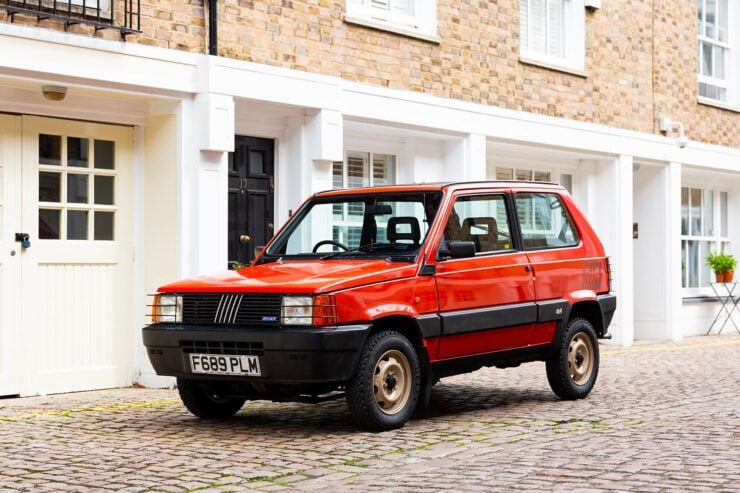

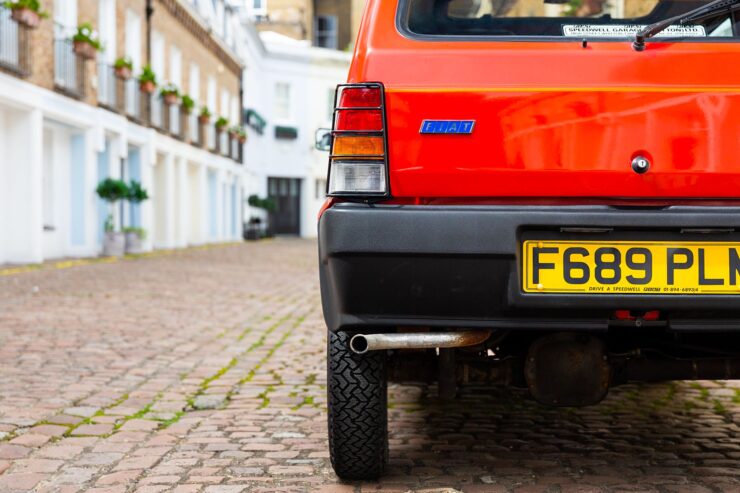
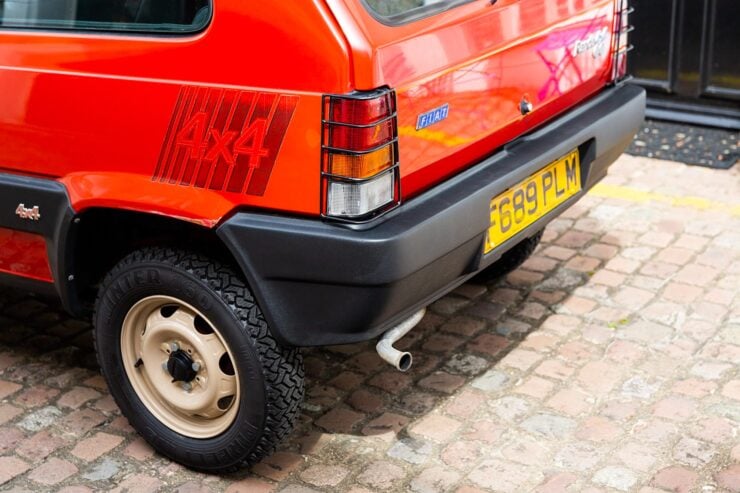
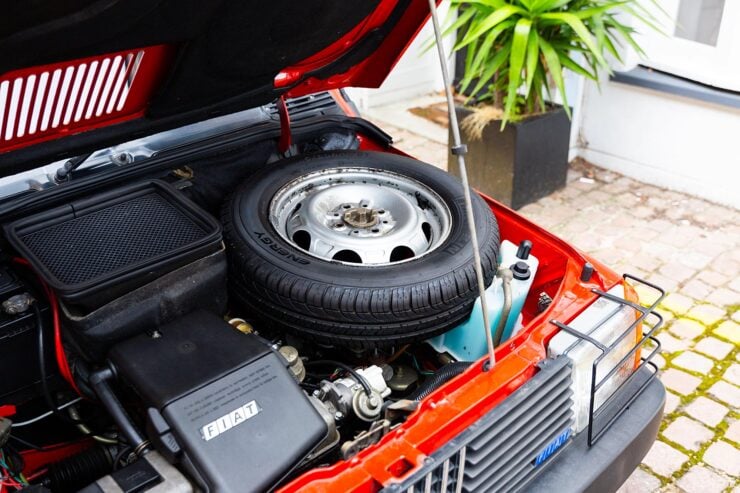
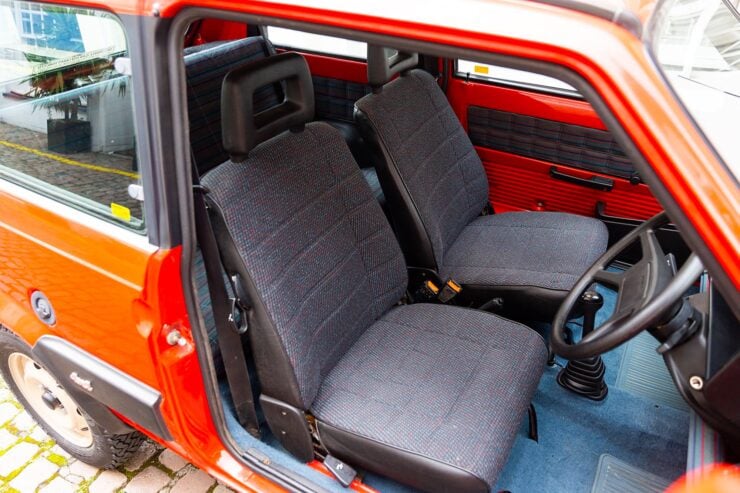
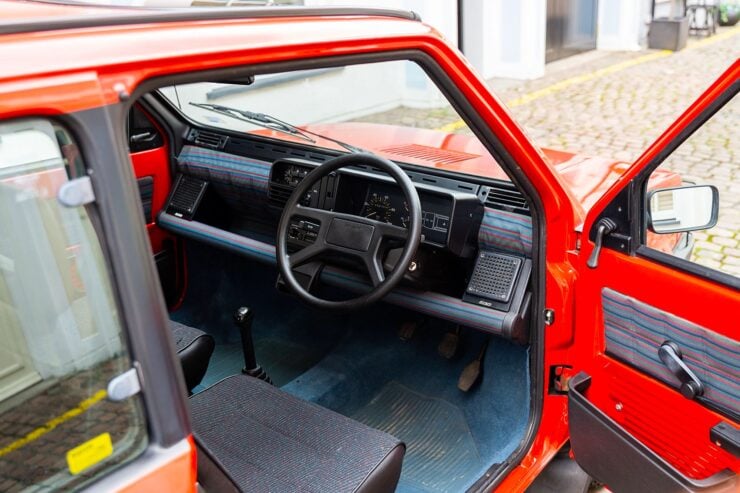
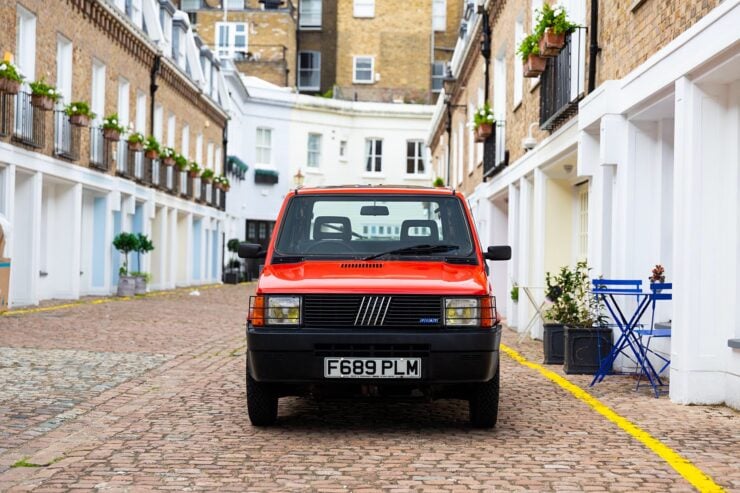

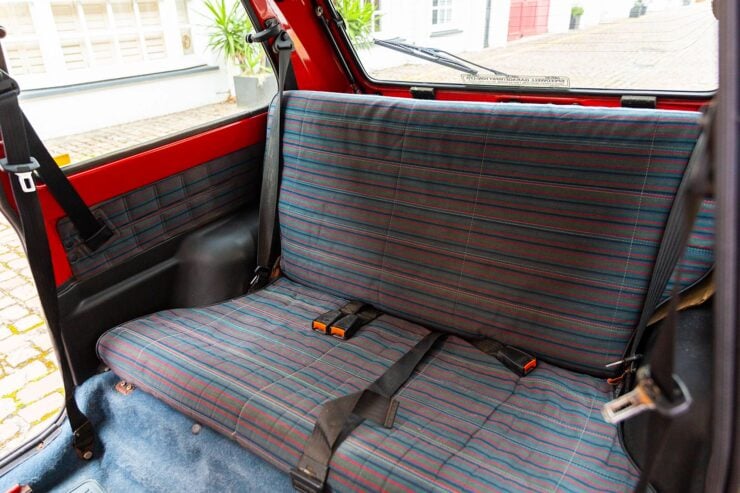
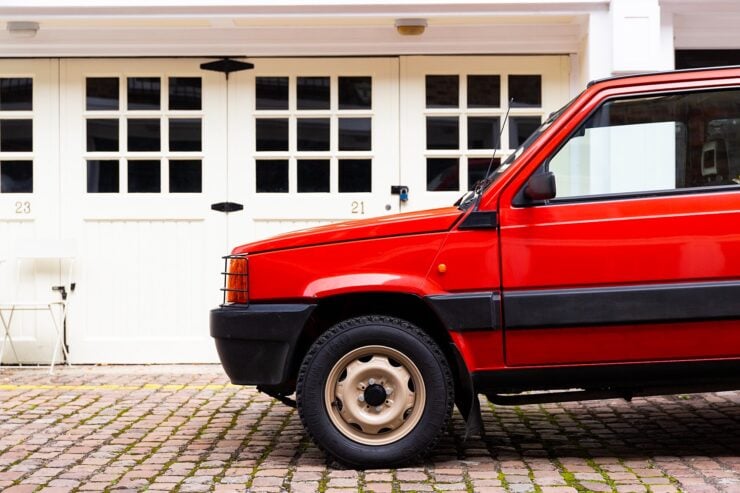
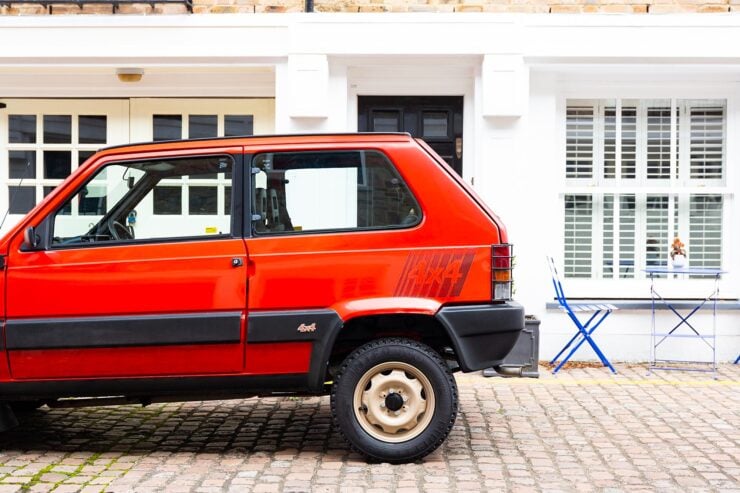
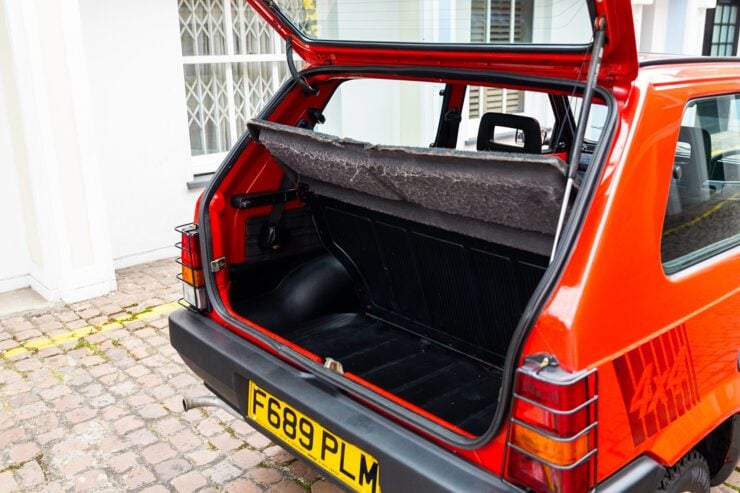
Images courtesy of Collecting Cars
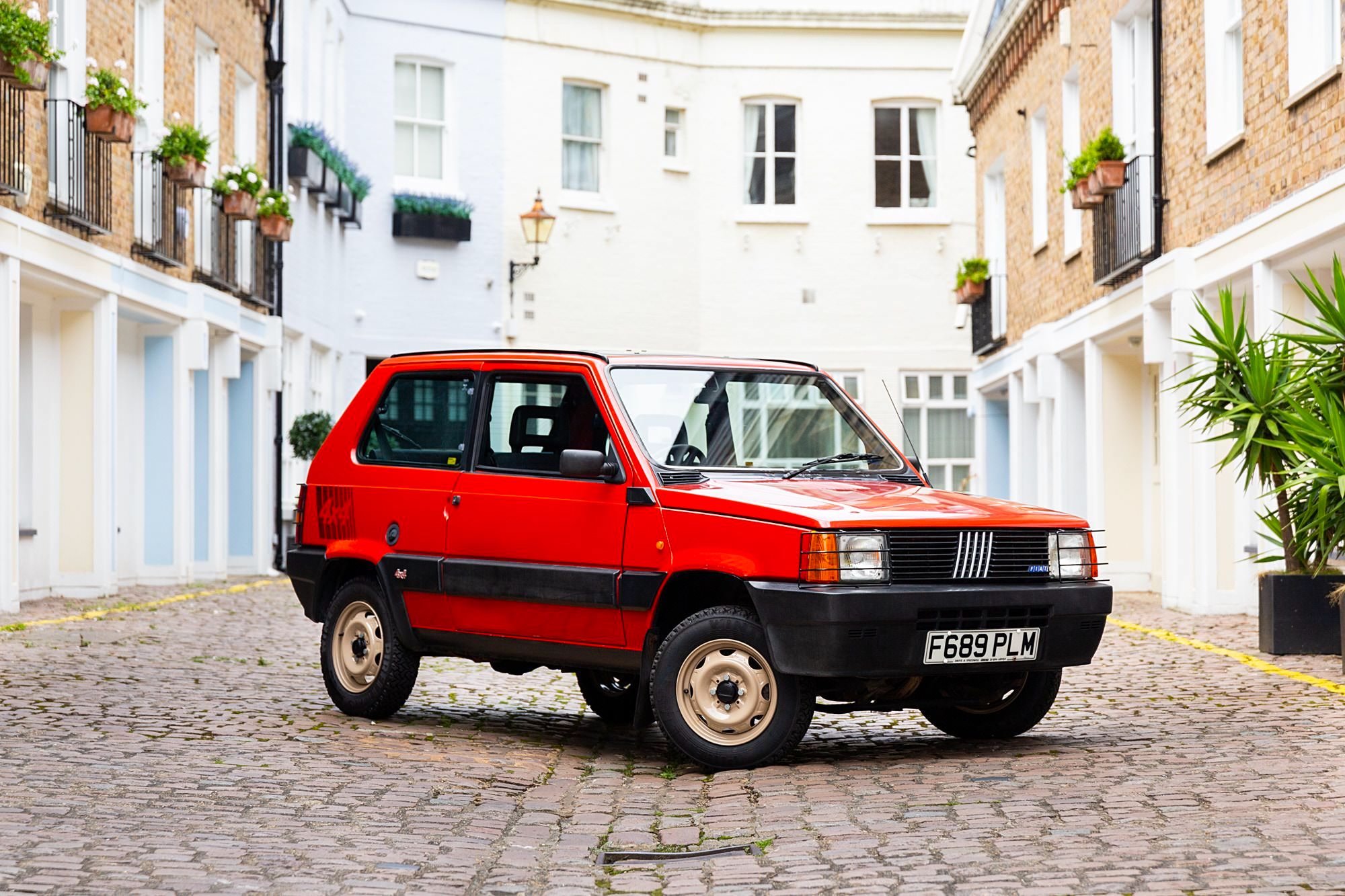
The post The Fiat Panda 4×4 – Italy’s Toughest Little Four-Wheel Drive appeared first on Silodrome.
from Silodrome https://silodrome.com/fiat-panda-4x4-car/
via gqrds
